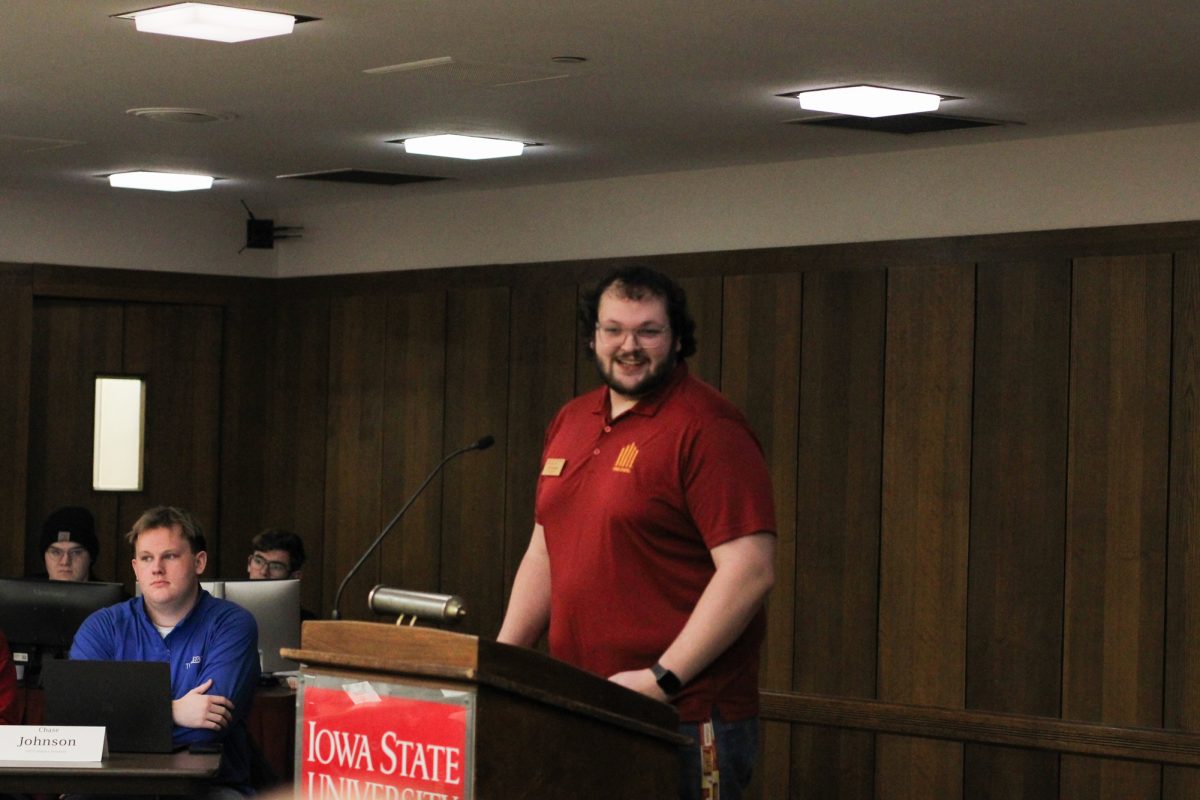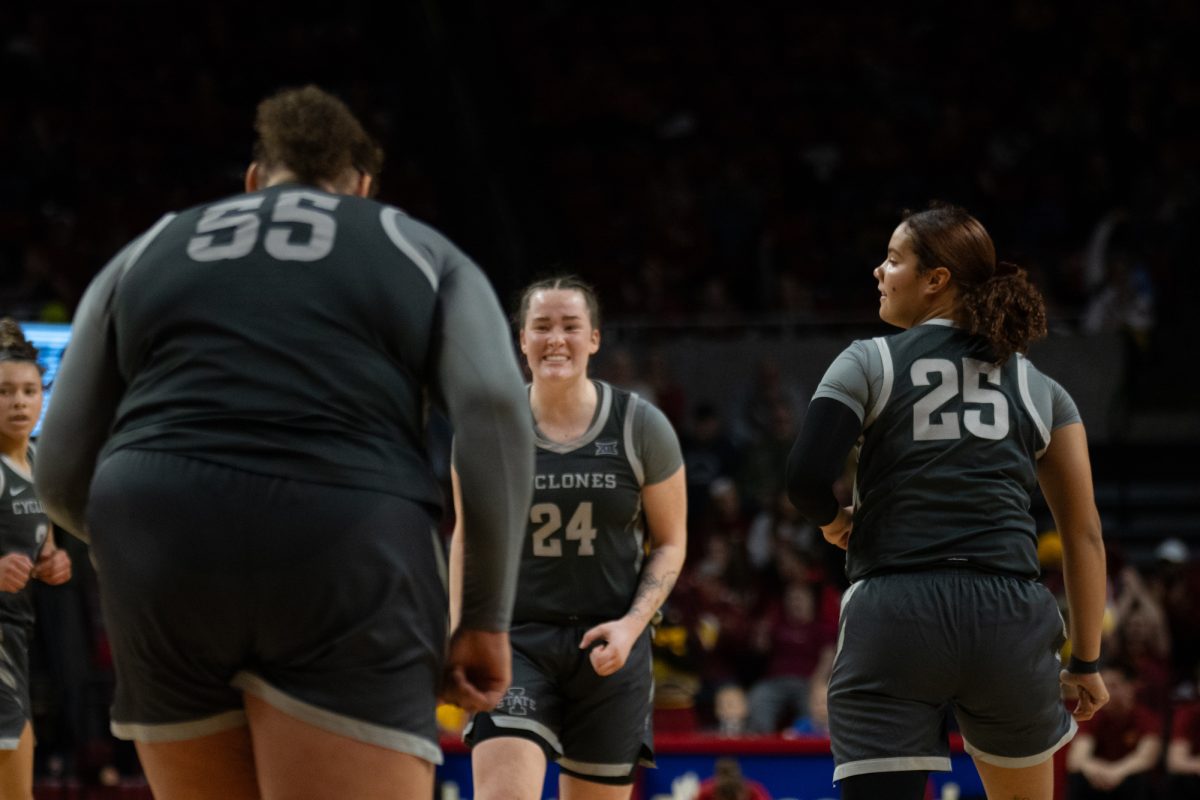Petition to use wind instead of coal gets more signatures
September 26, 2005
An ISU professor wants Iowa State to cease using coal power and use wind power instead, although wind may not prove to be a sufficient alternative.
Stephen Pett, associate professor of English, has started a petition to get the ISU administration to “take a leadership role” in addressing environmental conservation issues by using wind power instead of the coal burning plant on campus.
“I think it is safe to say that I have a few hundred (signatures),” Pett said. “I’ll be surprised if we don’t have thousands of signatures. I’d like to see the campus get behind this.”
He said the number of signatures show faculty and student support for his bid to protect the environment.
“With the environment in the shape it is in and with global warming clearly connected to emissions in the air, it is the responsible thing to do,” Pett said. “I’m advocating that the school move away from coal to wind power.”
Pett said wind energy provides many benefits, such as efficiency and cost savings, in the long run and could improve Iowa State’s reputation for innovation.
“I think having wind turbines and billing ourselves as a sort of forward-looking campus is bound to be magnetic,” Pett said.
Warren Madden, vice president for business and finance, said he didn’t think wind energy would be economically beneficial at the this point, and students would pay higher tuition costs if there was a move to other energy sources.
“I certainly don’t have students coming into my office asking for higher tuition,” he said. “It’s a fairly economical method of producing power and heat.”
Madden said the power plant meets environmental standards.
“We’re sensitive to all of that,” Madden said of environmental issues. “But the economics of different fuel sources determine what we buy.”
Bill Haman, industrial program manager and engineer for the Iowa Energy Center, said although wind energy may one day be part of a diverse portfolio of answers to a growing number of energy problems, it may not be the best solution for Iowa State at the current time.
“The wind blows in Iowa September through May,” he said.
“During the ‘dog days of summer’ wind energy becomes an unreliable source of power. Even in the winter there will be days when the wind won’t blow hard enough to produce energy, and during those times you need to have a backup.”
He added there would be logistical problems with wind turbines because several turbines would be needed to power a university the size of Iowa State.
“Big turbines don’t work well in urban settings because there are buildings and trees that restrict them,” Haman said. “Let alone the amount of land that would be required.”
Haman said a combination of wind and other alternatives, like solar power and biomass, would be more likely than wind alone to take over energy produced by coal.
“Wind energy is not a solution but it does add to the diversity of alternatives,” he said. “Even at the coal plant they could supplement the coal with a biomass feed stock by blending it with the coal.”
Pett said he is just trying to get the ball rolling and open debate and doesn’t have a set idea regarding where the wind turbines would be or what other types of energy would be considered.
“I will leave that to wiser heads,” he said. “I’m hoping that people in engineering and other departments get involved. Wind is kind of an emblem for this.”
Mike McGraw, manager of Iowa State’s power plant, said the university is projected to consume 200,000 megawatts of energy in 2006, with approximately 78.5 percent coming from the plant and 21.5 percent from other energy sources. He added that the price of coal has increased 23 percent since July 2003.
“The university just put in a new turbine generator this summer; we anticipate we will be buying less energy in the future,” he said.






